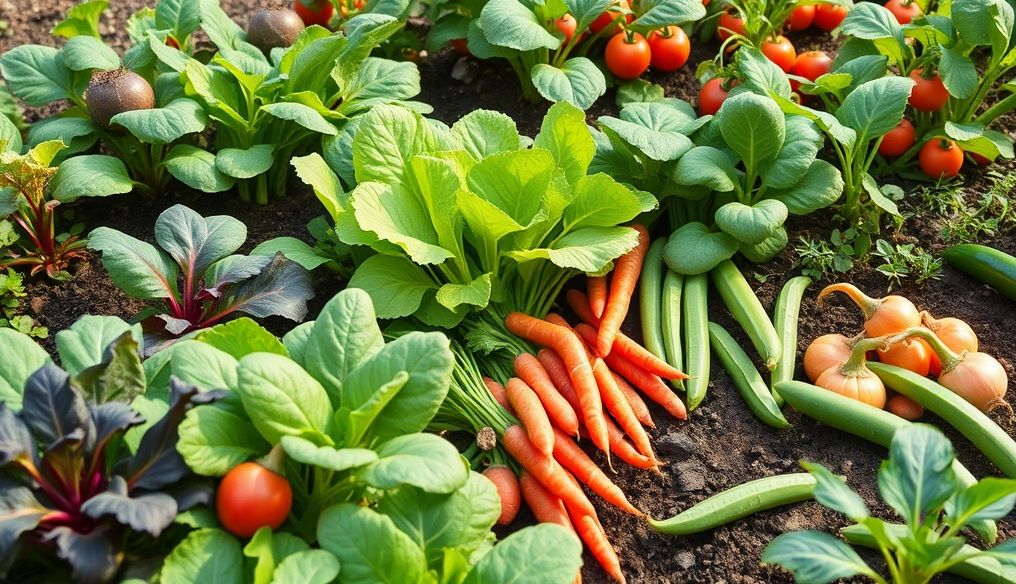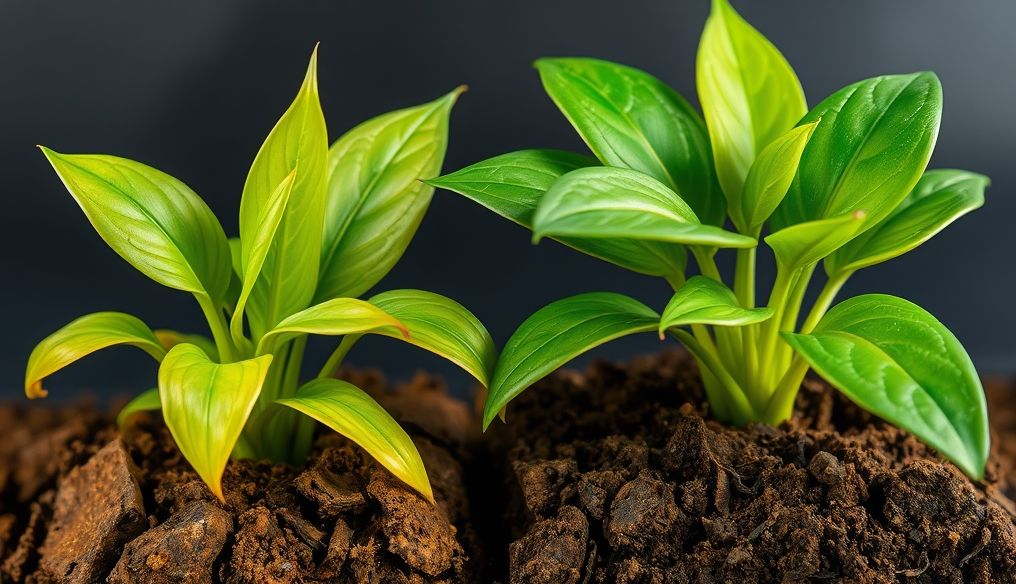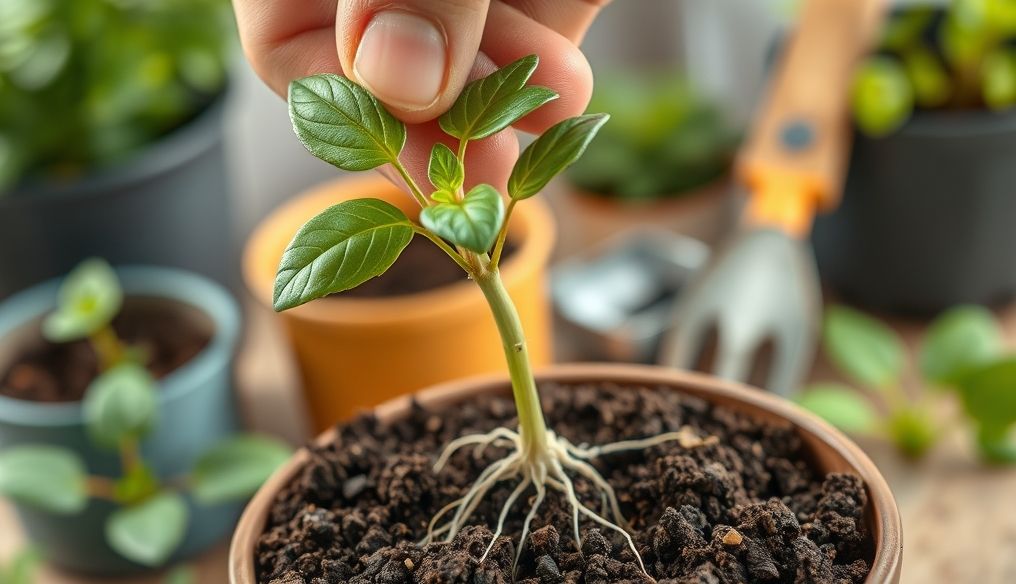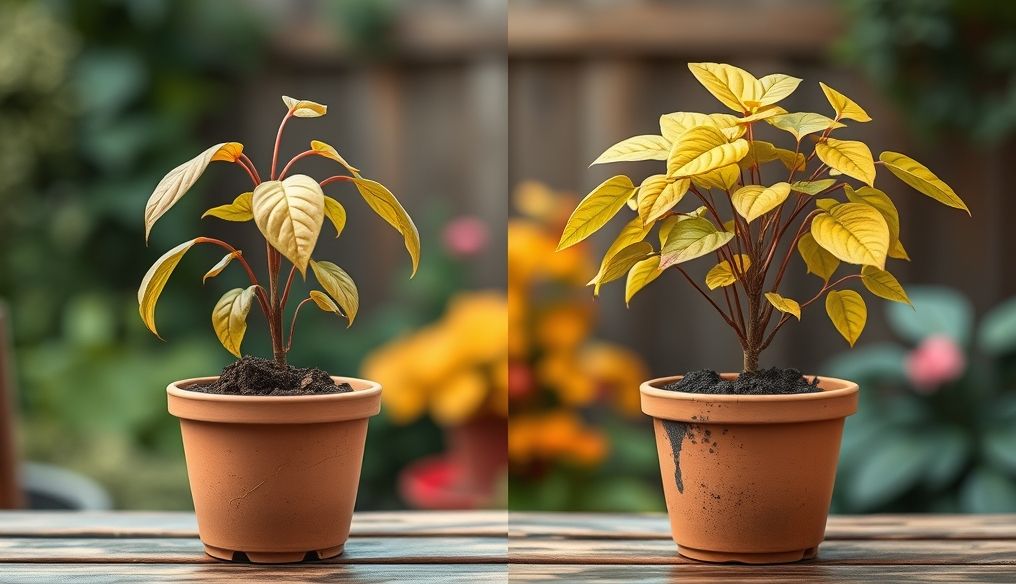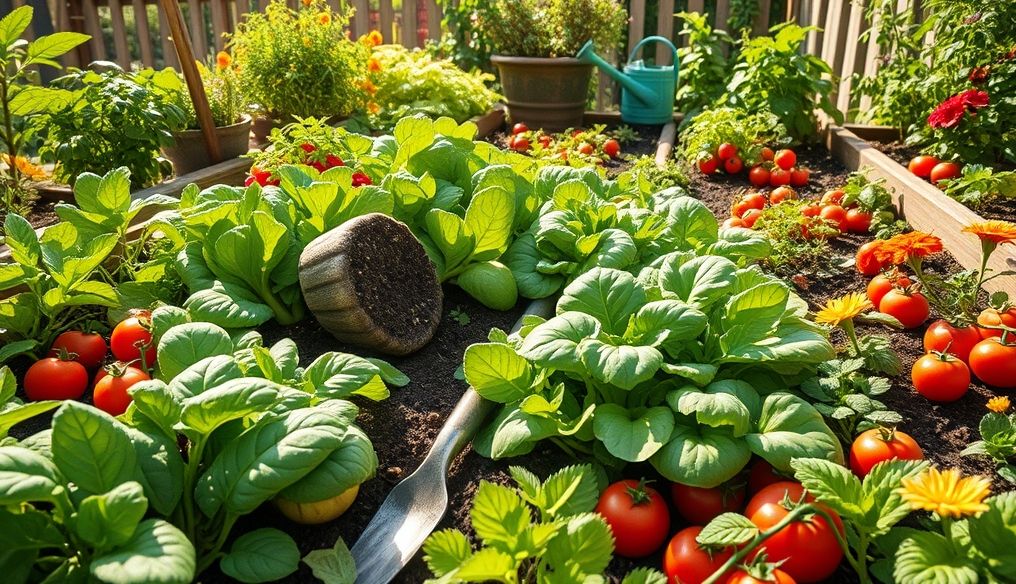What are the easiest vegetables to grow for beginners?
Home vegetable gardening is not just a fun hobby, but also a great way to have fresh, healthy vegetables at your fingertips. For beginners, the idea of growing a vegetable garden may seem daunting, but there are many vegetables that are easy to grow and maintain, making them an excellent choice for novices. These vegetables don't require a lot of care, tolerate common mistakes made by beginners, and produce an abundant harvest.
Chapter 1: Why Should You Start with Easy-to-Grow Vegetables?
Starting with easy-to-grow vegetables has many benefits:
- Reduce Frustration: Early success encourages you to continue gardening.
- Save Time and Effort: These vegetables don't require a lot of care.
- Gain Experience: Learn the basics of gardening without feeling pressured.
- Abundant Harvest: Enjoy fresh vegetables from your own garden.
Chapter 2: Easy Leafy Greens (Lettuce, Spinach, and Arugula)
Leafy greens like lettuce, spinach, and arugula are among the easiest vegetables to grow. They grow quickly, can be grown in pots or in the garden, and tolerate various weather conditions.
Growing Lettuce
Lettuce is a favorite vegetable for many, and it can be easily grown by following these steps:
- Choosing the Location: Choose a partially sunny spot.
- Preparing the Soil: Loosen the soil and add organic compost.
- Sowing: Sow the seeds directly into the soil or start with seedlings.
- Watering: Keep the soil consistently moist.
- Harvesting: Harvest the outer leaves when they are large enough.
Growing Spinach
Spinach is rich in nutrients and can be grown in the same way as lettuce:
- Choosing the Location: Spinach prefers partially sunny locations.
- Soil: Soil rich in organic matter is essential for spinach growth.
- Sowing: Seeds can be sown directly into the ground.
- Watering: Keep the soil moist, especially in hot weather.
- Harvesting: Harvest the leaves when they are small and tender.
Growing Arugula
Arugula has a distinctive flavor, is easy to grow, and grows quickly:
Tip: Arugula can be grown in pots indoors or in the garden.
- Choosing the Location: Arugula grows well in partial shade.
- Soil: Moist, organically rich soil is ideal.
- Sowing: Scatter the seeds directly on the soil surface.
- Watering: Keep the soil moist at all times.
- Harvesting: Harvest small leaves regularly to stimulate growth.
Chapter 3: Easy Root Vegetables (Radishes and Carrots)
Root vegetables like radishes and carrots are relatively easy to grow and provide a delicious and nutritious harvest.
Growing Radishes
Radishes are one of the fastest-growing vegetables and can be harvested in just a few weeks:
- Choosing the Location: Radishes need full sun.
- Soil: Well-drained, sandy soil is ideal for radishes.
- Sowing: Sow the seeds directly into the soil at a shallow depth.
- Watering: Keep the soil consistently moist.
- Harvesting: Harvest radishes when they reach the appropriate size.
Growing Carrots
Carrots require some care, but they are considered one of the easier root vegetables for beginners:
- Choosing the Location: Carrots need full sun.
- Soil: Loose, sandy soil free of rocks is essential for growing straight carrots.
- Sowing: Sow the seeds directly into the soil at a shallow depth.
- Watering: Keep the soil regularly moist.
- Harvesting: Harvest carrots when they reach the appropriate size.
Chapter 4: Easy Legumes (Beans and Peas)
Legumes like beans and peas are rich in protein, easy to grow, and add nutritional value to your garden.
Growing Beans
Beans grow quickly and can be grown in different varieties (climbing or bush):
- Choosing the Location: Beans need full sun.
- Soil: Well-drained soil is essential for bean growth.
- Sowing: Sow the seeds directly into the soil after the danger of frost has passed.
- Watering: Keep the soil regularly moist.
- Support: Climbing beans need support to grow on.
- Harvesting: Harvest the pods when they are tender and full.
Growing Peas
Peas prefer cool weather and can be grown in spring or fall:
- Choosing the Location: Peas need full sun or partial shade.
- Soil: Well-drained soil is essential for pea growth.
- Sowing: Sow the seeds directly into the soil at the beginning of the season.
- Watering: Keep the soil regularly moist.
- Support: Peas need support to grow on.
- Harvesting: Harvest the pods when they are full.
Chapter 5: Other Easy Vegetables (Zucchini and Cucumber)
Zucchini and cucumber are delicious summer vegetables, easy to grow, and produce an abundant harvest.
Growing Zucchini
Zucchini grows quickly and produces large quantities of fruit:
- Choosing the Location: Zucchini needs full sun.
- Soil: Soil rich in organic matter is essential for zucchini growth.
- Sowing: Sow the seeds directly into the soil after the danger of frost has passed.
- Watering: Zucchini needs regular watering, especially in hot weather.
- Harvesting: Harvest zucchini when it is small and tender.
Growing Cucumber
Cucumber requires some care, but it is considered a relatively easy vegetable:
- Choosing the Location: Cucumber needs full sun.
- Soil: Well-drained soil rich in organic matter is essential for cucumber growth.
- Sowing: Sow the seeds directly into the soil after the danger of frost has passed.
- Watering: Cucumber needs regular watering, especially in hot weather.
- Support: It is preferable to grow cucumber on a support to improve ventilation and reduce diseases.
- Harvesting: Harvest cucumber when it reaches the appropriate size.
Chapter 6: General Tips for Growing Vegetables for Beginners
Here are some additional tips to help you succeed in growing vegetables:
- Choosing High-Quality Seeds and Seedlings: Start with healthy seeds and seedlings to ensure strong growth.
- Regular Watering: Keep the soil moist, but avoid overwatering.
- Fertilizing: Use organic fertilizer to feed the plants.
- Pest and Disease Control: Check the plants regularly and look for signs of pests and diseases. Use organic insecticides if necessary.
- Weed Removal: Keep the garden clean of weeds.
Chapter 7: Common Mistakes to Avoid
Beginners learn from their mistakes, but it's best to avoid common mistakes from the start:
- Overwatering or Underwatering: Irregular watering leads to growth problems.
- Not Preparing the Soil Properly: Unsuitable soil prevents plant growth.
- Planting Plants in the Wrong Place: Choosing the right location is crucial.
- Ignoring Pests and Diseases: Early detection of problems makes them easier to solve.
Chapter 8: Enjoying the Harvest
The best part about growing vegetables is enjoying the fresh harvest! Use your vegetables in delicious recipes and share them with friends and family.
Tip: Keep a record of your garden to track what worked and what didn't, and learn from your experience.
Home vegetable gardening is a rewarding and enjoyable experience. Start with easy vegetables, learn from your mistakes, and enjoy fresh, healthy vegetables from your own garden!
